Endangered species of wild animals in the world
As our modern society becomes increasingly intense, the population of wild animal species in natural habitats is drastically decreasing. The dynamic and complex processes of urbanization and human impact on nature have already led to the extinction of numerous animal and plant species on our planet in the past decades. In this sense, today, the so-called "Red List" of the International Union for Conservation of Nature (IUCN) includes more than 41,000 animal species threatened with extinction, with 4,000 of them classified as critically endangered.
The 2022 Environmental Status Report also shows a worrying trend of declining global wildlife populations, with data indicating that the number of wild animals globally has decreased by as much as 69% compared to 1970. Despite some efforts aimed at nature conservation, many species remain endangered due to various factors, with human impact being the most significant. It is currently estimated that the rate of species extinction is 1,000 to 10,000 times higher than natural background rates, significantly threatening the stability and resilience of ecosystems.
Research conducted on this topic indicates that our planet is currently undergoing a significant biodiversity crisis, characterized by the rapid reduction and loss of individual animal and plant species in various ecosystems. This flora and fauna crisis is primarily driven by human activities, which through pollution, climate change, and over-exploitation of natural resources, greatly contribute to the destruction of natural habitats. Deforestation, urbanization, and agricultural expansion are also considered significant indirect causes of the extinction of many animal species, reducing genetic diversity and making species more vulnerable. As habitats shrink, animals lose their homes and struggle to survive. It is important to note that the loss of an individual species affects not only that species but also the intricate network of interactions it has with other plant and animal life, such as pollination, seed dispersal, and nutrient cycling in nature.
The rise in global temperatures characteristic of modern-day climate change directly affects the distribution and behavior of plant and animal species. Some species cannot adapt quickly enough to changing conditions, leading to their local extinction. As a result, changes in temperature and precipitation patterns alter ecosystems, affecting food availability, migrations, and reproductive cycles. Additionally, non-native species introduced into ecosystems by humans can often outcompete native species, disrupt ecosystems, and even lead to the extinction of native species. In this regard, invasive plants, animals, and pathogens significantly threaten biodiversity.
We have often discussed the negative impact of excessive exploitation of wild animals for food, medicine, pets, and other human needs, with some of the most significant examples today including overfishing, illegal wildlife trade, and hunting. Certain species, such as rhinos and tigers, face intense pressure due to demand for their body parts in traditional medicine or as status symbols. It is crucial to remember that, besides practical considerations, all plant and animal species have intrinsic value, and each contributes to the richness and complexity of life on Earth. The loss of one species can have catastrophic effects on entire ecosystems, impacting various elements such as water purification, carbon sequestration, and soil fertility. In this sense, the extinction and endangerment of animals represent a critical challenge for humanity.
The situation regarding endangered animal species in our country is particularly questionable, primarily because, unfortunately, Bosnia and Herzegovina does not have a comprehensive list of endangered animal species, while the existing "Red Lists" adopted at the entity level are outdated and unreliable. The lack of consistency and quality of data is the main problem regarding assessing species endangerment in BiH. According to Slađan Tomić from the Association "Society for the Promotion of Natural Sciences – Science and the World": "The assessment methodology is not harmonized within the entities or at the state level."
Although there is no adequate database relating to other elements of the protection of plant and animal species in our country, in recent decades, the biggest problem regarding the protection of wild animals in BiH has certainly been illegal hunting in protected areas. According to data from "SWIPE - Analysis of the Effectiveness of Combating Nature Crimes in Bosnia and Herzegovina," in recent years, there have been multiple instances of the use of prohibited means and hunting methods, such as hunting from motor vehicles and boats, using baits and lures, and automatic weapons, while poaching is also common. It is important to emphasize that the mentioned report showed that in Bosnia and Herzegovina, the most commonly documented punishable acts include the illegal capture and possession of bears and wolves. One particularly significant example of such actions is poisoning to control predator populations, which in 1991 contributed to the complete disappearance of the breeding population of the Griffon Vulture in BiH.
Although the Law on the Protection and Welfare of Animals of BiH is an excellent legal regulation that, among other things, regulates issues significant for the protection of wild animals, its practical implementation is largely hindered by divided jurisdiction. Some provisions of this law have not been practically applied even 15 years after it came into force. In this sense, it is important to note that the formation of a body for monitoring and implementing the provisions of this legal regulation at the state level was envisaged as early as 2009, which has never happened to date. On the contrary, it is common for reports of illegal activities and inquiries about implementing this law to be completely ignored, as well as for responsible institutions to shift responsibility from one to another. Preserving biodiversity and protecting endangered species should be priorities to safeguard the natural wealth of our country.



